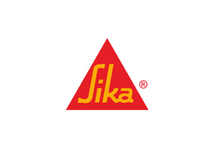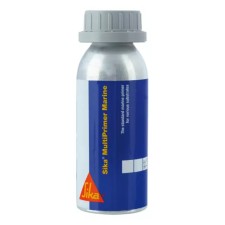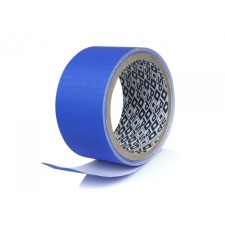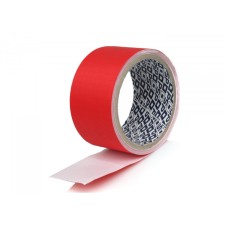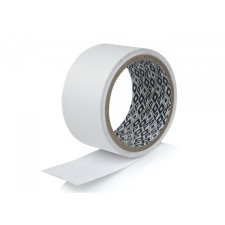Sikaflex®-295 UV is specifically designed for the shipbuilding industry, where it is used for bonding and sealing plastic glazing on boats and ships. Thanks to its excellent resistance to environmental ageing, it can be used for sealing joints on exposed surfaces. Suitable substrates for application are: aluminium (chromed or anodised), GRP (polyester resins), stainless steel, wood, 2-component paints and plastic glazing (PC, PMMA). Refer to the fabricator's instructions and conduct tests on actual substrates before using Sikaflex®-295 UV on cracking-prone materials. The product is suitable for use by professional applicators. Tests should be conducted with actual substrates and prevailing application conditions to ensure adhesion quality and compatibility of the material.
Excellent application properties
Resistant to environmental stresses and ageing
Suitable for organic crystals
Approved for the OEM market
Approved by IMO
Surface preparation
Surfaces must be clean, dry and free from grease, oil and dust.
Surface preparation depends on the specific nature of the substrates and is a critical and decisive factor in the long-term durability of adhesion. Recommendations for surface preparation are given in the latest version of the relevant Sika® Preparation Table. Please note that these recommendations are based on the company's experience and should be confirmed through testing on the substrates on which the application will take place.
APPLICATION
Sikaflex®-295 UV can be applied in a temperature range between 10 °C and 35 °C (ambient and product), but variations in curing speed and application properties should be taken into account. The optimum substrate and sealant temperature range is between 15 °C and 25 °C.
Please note that viscosity increases at low temperatures. For ease of application, preserve the adhesive at ambient temperature before use. To ensure a uniform bonding thickness, it is recommended to apply the adhesive in the form of a triangular cord (see figure 1).
Sikaflex®-295 UV can be applied with a hand, pneumatic or electric gun, as well as with pumping equipment. Action time is significantly shorter in hot and humid climates. Parts must be adjusted within the adhesive's energy time. Never assemble parts if the adhesive has formed a skin on its surface.
Finish
Finishing and surface shaping should be carried out within the sealant's skin formation time. The use of Sika® Tooling Agent N is recommended. Other surface finishing products should be checked for compatibility and suitability prior to use.
Removal of residues
Removal of fresh residues from tools and application equipment can be carried out using Sika® Remover-208 or other suitable solvent. Hardened material can only be removed mechanically. Hands and exposed skin should be cleaned immediately with special wipes such as Sika® Cleaner-350H or suitable hand cleaner and water. Do not use solvents on the skin.
Paint
Sikaflex®-295 UV can be dyed after skin formation. If dyeing takes place after a cuticle has formed on the surface of the sealant, adhesion can be improved by applying Sika® Aktivator-100 or Sika® Aktivator-205 to the sides of the joint. If the paint has to be put into an oven (> 80 °C), optimum results are obtained if the sealant has been fully cured beforehand. The compatibility of the paints should be checked beforehand by conducting preliminary tests under actual application conditions.
The elasticity of paints is generally more limited than that of sealants. This may lead to cracking of the paint on the surface of the sealant.




